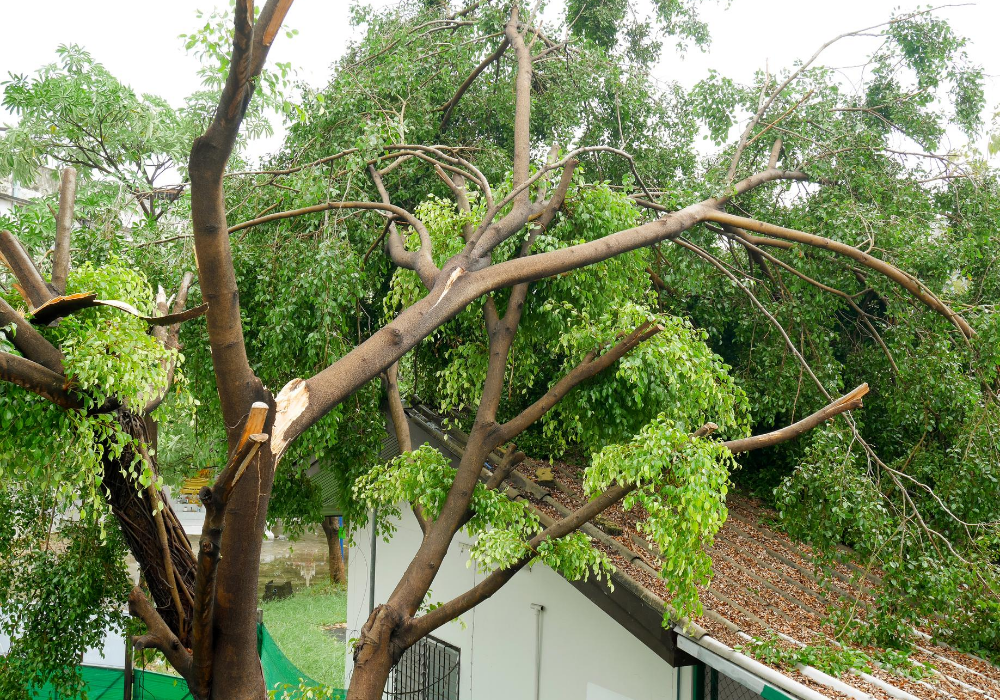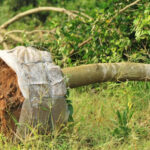 Essential Steps for Tree-Related Emergencies
Essential Steps for Tree-Related Emergencies
When tree emergencies strike, it’s important to act swiftly and responsibly to mitigate risks, ensure safety, and minimize further damage. Emergency tree care involves a series of crucial steps and practices aimed at addressing immediate hazards and safeguarding affected areas. In this article, we will explore the vital components of emergency tree care, discussing the necessary actions and precautions required to handle tree-related emergencies efficiently and effectively.
Assessing the Situation: The initial step in emergency tree care is a thorough assessment of the situation. Carefully evaluate the extent of damage, potential risks, and hazards posed by the tree or its branches. Consider factors like nearby structures, power lines, and immediate safety concerns to gauge the severity of the situation accurately.
Ensuring Safety: Safety is paramount during emergency tree care. Maintain a safe distance from the tree, hanging branches, or power lines. Inform others about the potential dangers and restrict access to the affected area. Contact local authorities, such as the fire department or utility company, if necessary, to handle immediate safety concerns, especially in cases involving fallen trees on power lines or roadways.
Calling Professionals: If the situation is beyond your expertise or capabilities, it is essential to contact professional arborists or tree care services experienced in emergency response. These experts possess the necessary skills, equipment, and knowledge to assess the situation accurately, safely remove fallen trees, or address hazardous conditions. Choose reputable and licensed professionals who prioritize safety and have a proven track record in emergency tree care.
Tree Removal and Pruning: Based on the severity of the emergency, professional arborists may need to remove the fallen tree entirely or selectively prune damaged branches. Their expertise ensures the application of proper techniques to minimize further damage and preserve the tree’s health whenever possible. The decision to remove or prune is influenced by factors such as tree species, structural integrity, and potential future hazards.
Clearance and Cleanup: Once immediate risks are mitigated, the focus shifts to clearing the area and removing debris. This process involves the safe removal of fallen branches, leaves, or other tree-related materials from the affected site. Professional arborists will efficiently handle the cleanup, ensuring the area is safe, accessible, and free from potential risks or obstructions.
Follow-Up Care and Restoration: After addressing the emergency, it is essential to provide follow-up care and restoration. This may include additional pruning, fertilization, or pest management to promote the tree’s recovery and long-term health. In cases where saving the tree is not possible, replanting a suitable replacement tree may be necessary to restore the aesthetic and environmental functions of the area.
Emergency tree care is a critical component of responsible tree management, particularly during unexpected or hazardous situations. By promptly assessing the situation, prioritizing safety, and involving professional arborists, we can effectively address fallen trees, mitigate immediate risks, and minimize further damage. Remember to seek the expertise of licensed professionals, follow proper pruning and removal techniques, and provide necessary follow-up care to promote tree recovery and the restoration of affected areas. Through comprehensive emergency tree care, we can protect our properties, ensure safety, and preserve the beauty and vitality of our landscapes.




